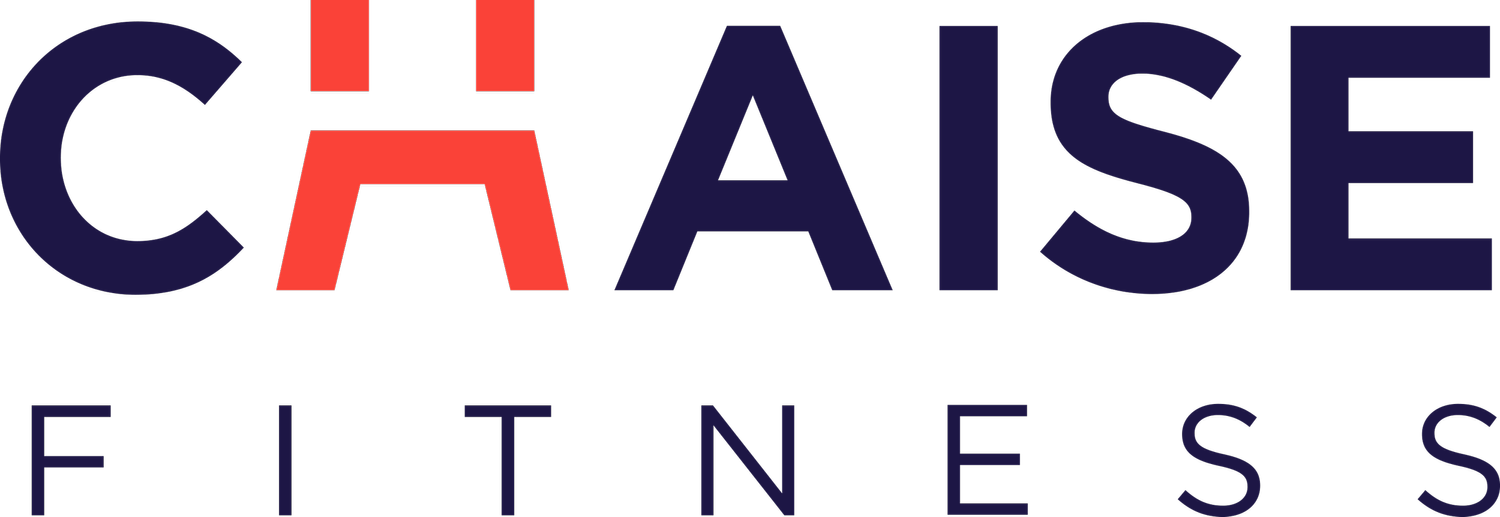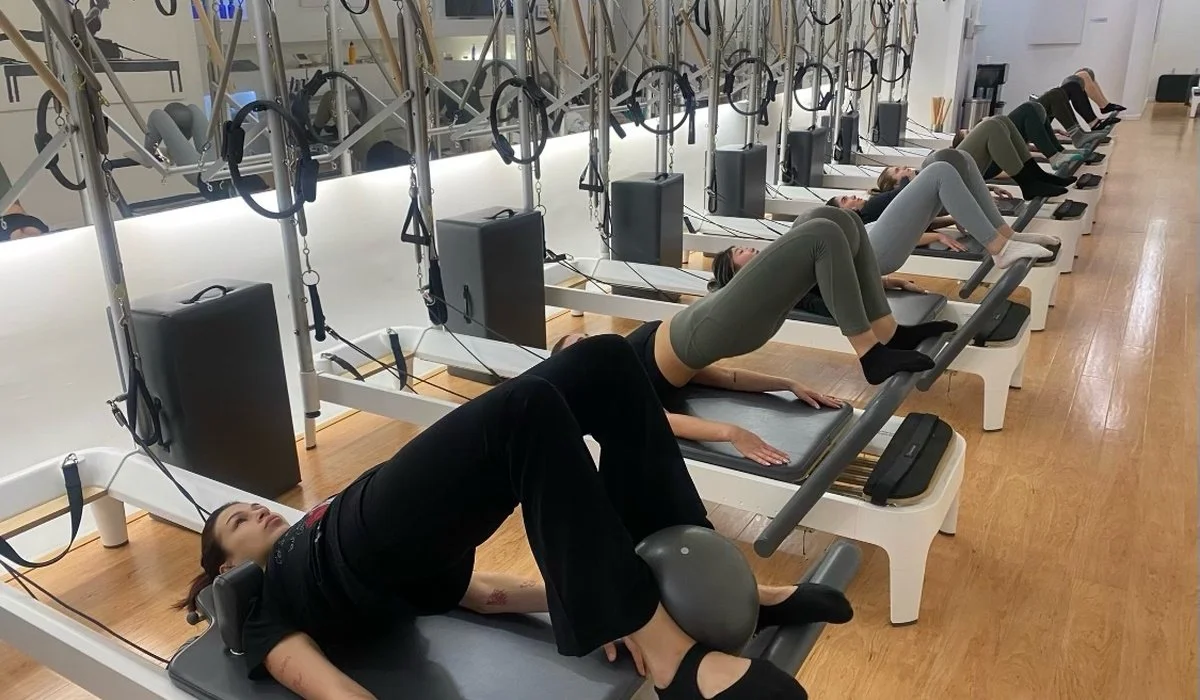How Pilates Changes the Body
Pilates focuses on building strength and muscle tissue. This is something referred to as body recomposition. Body recomposition helps people build lean muscle mass and raise their basal metabolic rate (BMR), enabling them to burn more calories, including when they are static or resting. A person’s BMR determines the number of calories they burn while at rest. The leaner muscle tissue a person has, the more calories they require to keep tissue primed and fed. Therefore, the more muscle people have, the more calories their bodies burn while at rest.
How Pilates Changes the Body
Improving body composition through consistent muscle strengthening techniques can help build lean muscle and reduce body fat, also often resulting in weight loss. This is something that Pilates can facilitate through its core movements and philosophy of mindfulness between a person and their body.
How often should Pilates be done?
An older systematic review of studies on the effects of Pilates on body composition, published in the Journal of Bodywork and Movement Therapies, found that doing 60 minutes of Pilates practice 5 times per week for 4 weeks was best for promoting changes in body composition.
However, devoting any amount of time to improving fitness is invaluable. The Centers for Disease Control and Prevention (CDC) and the Physical Activity Guidelines for Americans recommend that adults perform 150 minutes of moderate to intense activity per week.
Effective weight loss tips include:
Eating a nutritious, high protein diet: Eating a diet high in protein will help keep a person more satiated and, therefore, more likely to stay in a calorie deficit. This is because protein reduces the hunger hormone (ghrelin) and increases the hormone that helps a person feel full.
Doing aerobic exercise: To prevent spiking the appetite, a person can try aerobic workouts that engage the cardiovascular system, such as uphill walking.
Starting resistance training: Opting for resistance training as part of a fitness regimen increases BMR, ensuring that a person burns the optimal amount of calories, even while resting.
Trying intermittent fasting: Intermittent fasting, which involves going 16 or more hours at a time without eating, can people lose fat while maintaining muscle mass. It can also help people monitor or reduce their calorie intake.
There is considerable evidence to suggest that Pilates is an effective workout technique with numerous benefits that can help people lose weight in a healthy way. For people to experience the greatest weight loss benefits of Pilates, it is best to consistently practice it multiple times per week.
However, weight loss requires a calorie deficit. Therefore, to see results, it is important to ensure a healthy and sustained calorie deficit in combination with any workout plan. For the best results, a person may wish to combine Pilates workouts with a nutritious, high protein diet.
Check Out ChaiseFitness Today
At ChaiseFitness, we believe that anyone can be fit—no matter what skill level or body type. This belief inspired the creation of our patented Reinvention Method, which is for everyone—the athlete, the dancer, the beginner, the advanced, the rebuilder. We blend Pilates, ballet, and strength training and equip you with a chair and overhead bungees so that you work out all your muscles every time. We are located in Upper East Side in Manhattan. For more information, you can contact us at (973)996-2063, or visit our website.

